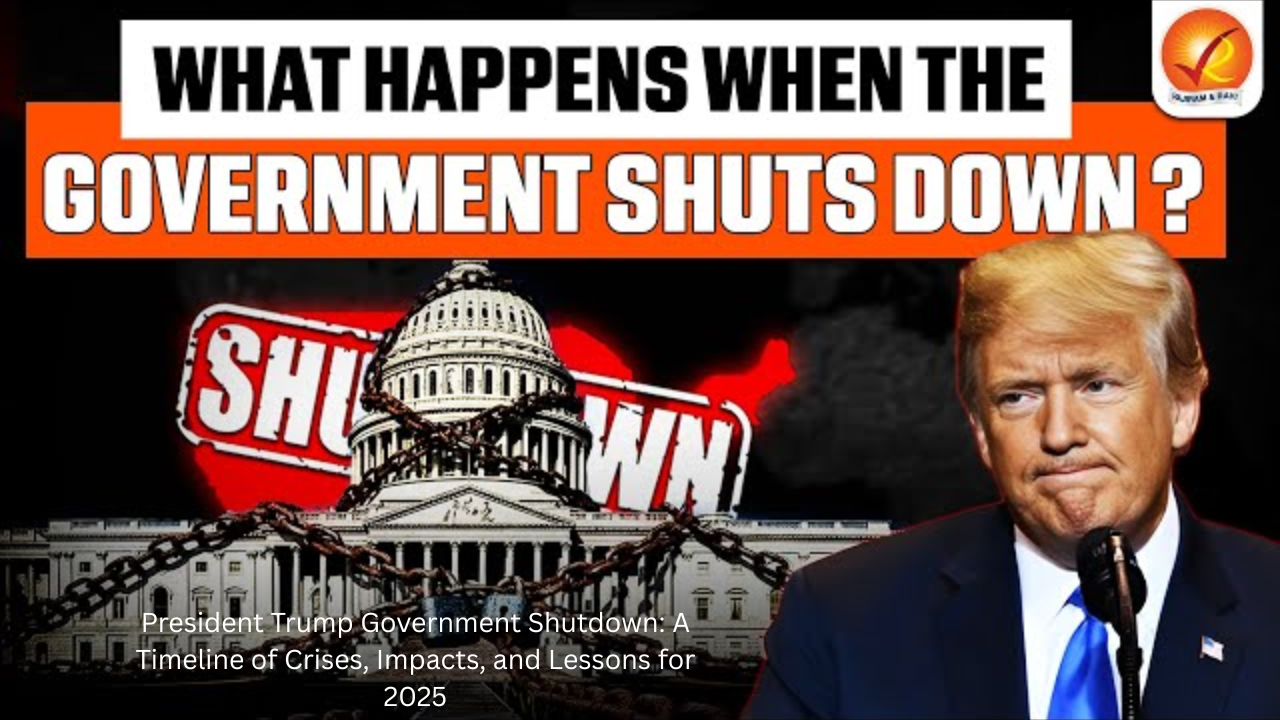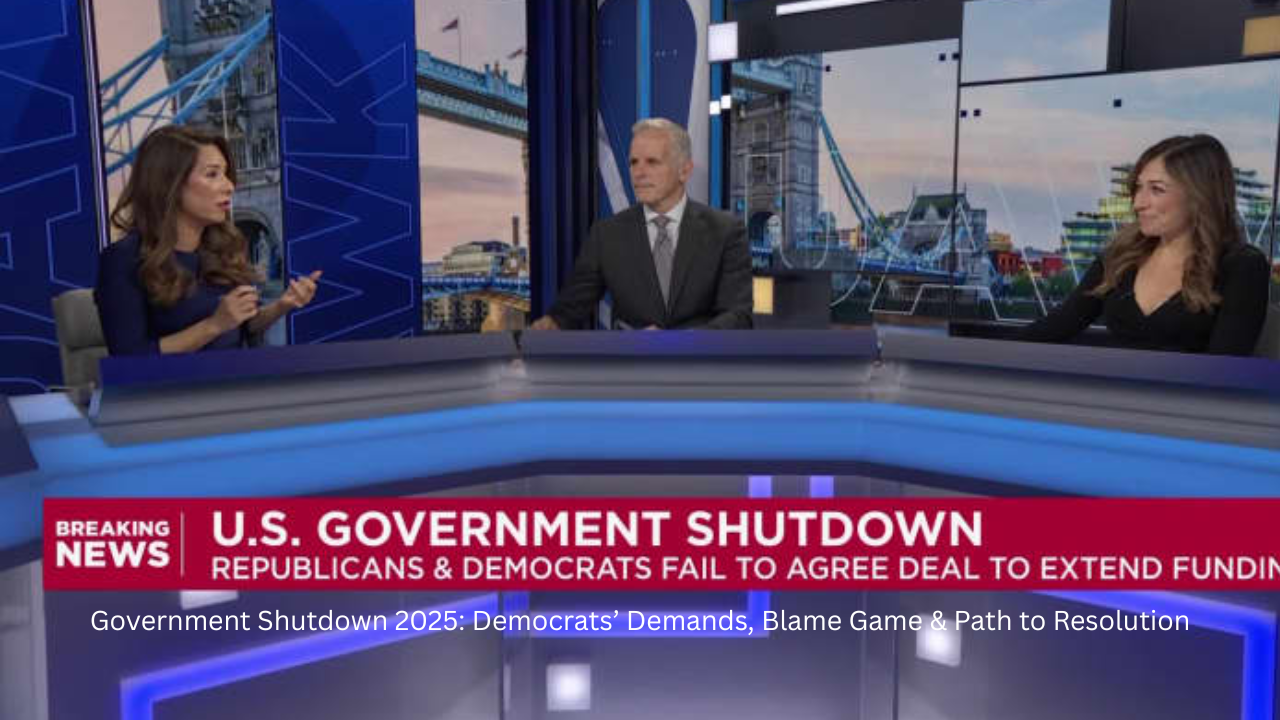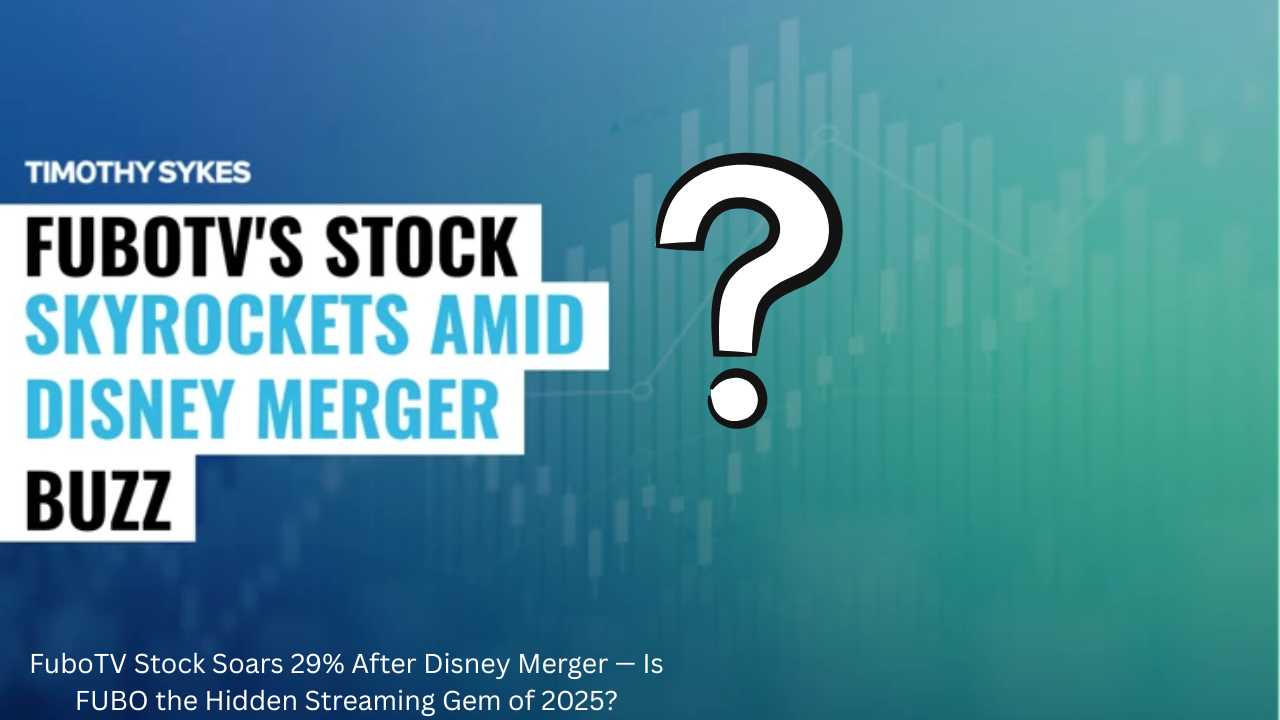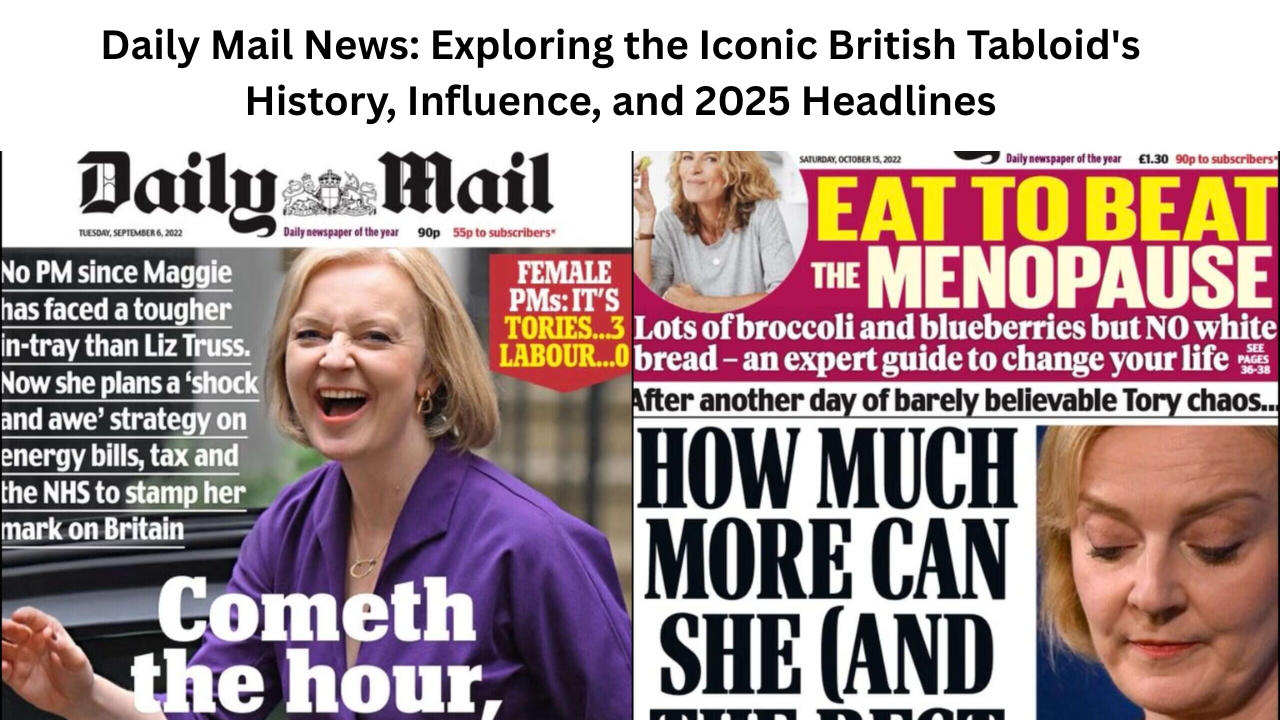Understanding SNAP: The Lifeline for Millions
Before we get into the drama, let’s quickly recap what SNAP is all about. The Supplemental Nutrition Assistance Program—often still called food stamps—is a federal initiative run by the U.S. Department of Agriculture (USDA). It provides monthly electronic benefits via EBT cards to low-income households, helping cover groceries and essentials. In fiscal year 2025, over 42 million people in about 22 million households depended on it, from working parents to seniors and veterans.
Think of it like this: SNAP isn’t charity; it’s an investment in health and stability. Studies show it reduces food insecurity by up to 30% and even boosts local economies as recipients spend benefits at neighborhood stores. But here’s the rub—it’s funded through annual appropriations, making it vulnerable to political gridlock like the current shutdown. If you’ve ever stretched a dollar at the checkout line, you know how vital this is.
The Government Shutdown: How It’s Freezing SNAP Funding
The shutdown kicked off in mid-October 2025 over budget disputes, with President Trump pointing fingers at Senate Democrats for not passing a clean funding bill. For SNAP, the timing couldn’t be worse. The USDA sent a stark letter to states on October 10, instructing them to halt preparation of November benefit files “until further notice.” That means no new loads on EBT cards starting November 1, the usual kickoff for monthly disbursements.
Why the freeze? The administration argues that without fresh appropriations, they can’t tap regular funds. And while SNAP has a $6 billion contingency reserve for emergencies—like natural disasters—Trump officials claim it’s off-limits for routine operations during a shutdown. Critics call this a dangerous game of chicken, using hunger as leverage in Washington fights. As one expert put it, “The well has run dry,” echoing USDA’s own warnings.
The ripple effects? Food banks are bracing for a 20-30% surge in demand, and families are already feeling the pinch. Imagine planning your week’s meals around that expected deposit—now it’s MIA. But here’s a silver lining: Existing October benefits don’t expire; they roll over, so your card still works until used up.

Breaking News: Federal Judge Steps In with a Game-Changing Ruling
Just when things looked bleakest, the courts delivered a lifeline. On Friday, October 31—mere hours before the November 1 cutoff—a federal judge in Rhode Island, John McConnell, ordered the USDA to release SNAP funds from the contingency reserve “as soon as possible.” He didn’t mince words: Suspending benefits would cause “irreparable harm,” like the terror of families wondering where their next meal comes from. McConnell slammed the administration’s stance, saying the $6 billion pot is clearly for keeping SNAP running, not just hurricanes.
In a parallel Boston ruling, Judge Indira Talwani called the suspension “unlawful” but gave the feds until November 3 to figure out at least partial payments. These decisions stem from lawsuits by 26 states (filed October 28 in Massachusetts) and nonprofits, arguing the law demands continuity. President Trump fired back on social media, calling the judges “liberal” and vowing to clarify funding legally. His economic advisor, Kevin Hassett, doubled down: “We have to use emergency money for emergencies.”
Advocates like Skye Perryman of Democracy Forward hailed it as a win for decency: “No one in America should go hungry because of political games.” This isn’t abstract—it’s about real people. I remember interviewing a single mom in 2018 during the last big shutdown; she skipped meals so her kids could eat. We can’t let history repeat.
State-by-State Variations: Why Your Timeline Might Differ
One of the trickiest parts? SNAP isn’t one-size-fits-all. States handle distribution, so responses vary wildly. In New York, for instance, November benefits are fully delayed, but the state waived the three-month time limit for able-bodied adults without dependents until March 2026. Georgia’s on pause but assures EBT cards keep working for prior loads. New Jersey’s governor blasted the move as “unprecedented,” affecting over a million residents.
Here’s a quick breakdown of common scenarios:
- Proactive States (e.g., Massachusetts, Rhode Island): Already prepped files; could issue prorated benefits (say, 50%) within days if USDA greenlights.
- Delayed States (e.g., New York, Texas): Holding files entirely; expect 1-2 week lags for system tweaks and approvals.
- Hybrid Approaches: Some, like California, are exploring state funds as a bridge, though that’s rare and temporary.
The variance comes from tech hurdles—reprogramming EBT systems isn’t flip-of-a-switch stuff. Furloughed USDA staff add delays in reviews. Check your state’s human services website (like otda.ny.gov for NY) for tailored updates.
What SNAP Recipients Should Do Right Now
Feeling overwhelmed? Let’s get practical. First, breathe—your current balance is safe and usable nationwide at approved retailers. No need to hoard; focus on smart planning.
Here’s a step-by-step action plan:
- Verify Your Status: Log into your state’s SNAP portal or call the hotline (find it via fns.usda.gov/snap/state-directory). Confirm no interruptions to ongoing cases.
- Stretch What You Have: Inventory your EBT balance and map out meals. Apps like Mealime offer budget-friendly recipes—think rice bowls or veggie stir-fries under $2 per serving.
- Tap Local Resources: Hit up food pantries via Feeding America (feedingamerica.org) or community fridges. Many schools offer free breakfasts year-round.
- Stay Informed: Follow USDA alerts at fns.usda.gov/snap and your state’s site. Avoid rumors—stick to official channels.
- Advocate: Sign petitions from groups like the Food Research & Action Center (frac.org) urging full funding.
If you’re a caseworker or advocate, rally clients with these tips. In my experience, community networks—like church groups or online forums—can share rides to pantries and recipe swaps.
Broader Implications: Hunger as Political Pawn
This isn’t just about one month; it’s a wake-up call. SNAP lifts kids out of poverty, cuts healthcare costs by preventing diet-related illnesses, and supports 350,000 jobs in grocery sectors. Suspending it risks a 10-15% spike in food insecurity, per past shutdown data. And for immigrants or mixed-status families, added rules could exclude even more.
On the flip side, the rulings reinforce SNAP’s legal backbone. Congress could end this tomorrow with a bill—why the holdup? It’s a reminder to vote for leaders who prioritize people over partisanship.
Looking Ahead: Paths to Resolution
Optimistically, with court deadlines by November 3, prorated benefits could hit cards mid-week. Full funding might follow if shutdown talks thaw. Worst case? Extended delays mean leaning harder on charities. Either way, nonprofits are mobilizing, and states are innovating. Hang in there—resilience like yours is what gets us through.
In wrapping up, this SNAP benefits update underscores a harsh truth: Food security shouldn’t be negotiable. If you’re affected, you’re not alone. Share your story in the comments—let’s build solidarity. For more on navigating benefits, subscribe below.
FAQ’s:
No, they roll over and remain usable until spent. Focus on budgeting them wisely.
It varies by state—some as early as November 3 with prorated amounts, others later. Check your state's site for specifics.
Courts say no; rulings mandate using contingency funds to avoid unlawful suspension.
Core benefits are paused the same way, but many states prioritize vulnerable groups for faster processing.
Will my October SNAP benefits expire during the shutdown?
When will November benefits be issued?
Can the government really withhold SNAP during a shutdown?
What if I'm a senior or disabled—am I affected differently?











Leave a Reply